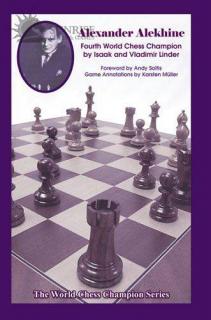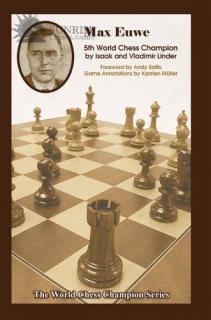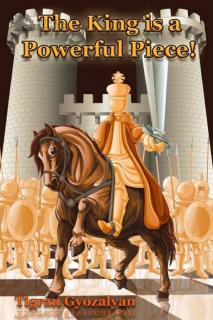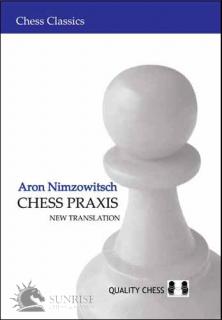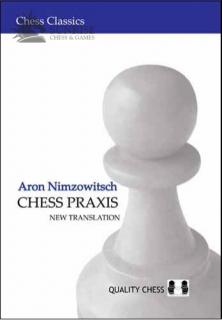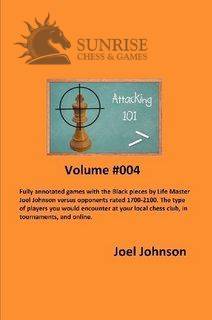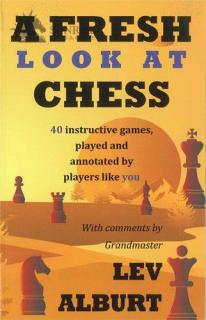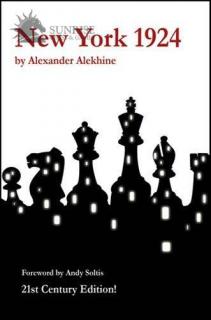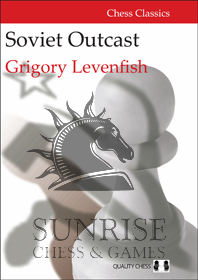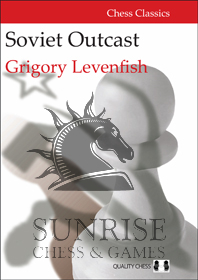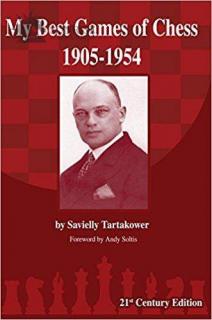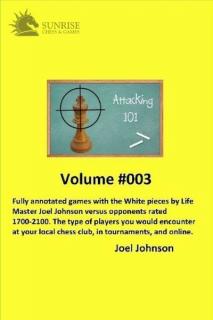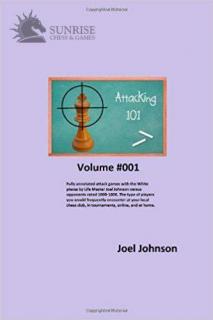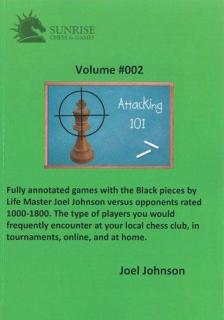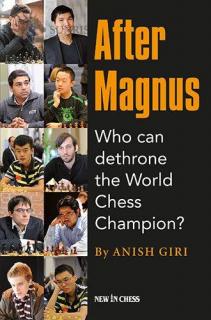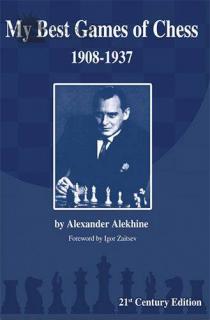
Alekhine: My Best Games in Chess
The Genius of Alekhine
In chess literature, there have only been a very few chess books that have immediately – and permanently – established themselves as classics. Laskers Manual of Chess by Emanuel Lasker, Masters of the Chessboard by Richard Réti and Dvoretskys Endgame Manual by Mark Dvoretsky are three that come to mind.
There are of course others, among them My Best Games of Chess, 1908-1937 by the fourth world chess champion, Alexander Alekhine. The original English edition, published three-quarters of a century ago, used English descriptive notation, contained one photograph, no crosstables and was released in two separate volumes.
This new 21st-century edition, presented with modern algebraic notation, has combined both books into a single volume, added more than three dozen archival photographs, crosstables, Alekhines complete match and tournament records, a foreword by Russian grandmaster Igor Zaitsev, as well as many more diagrams.
A comprehensive computer-assisted analytical supplement has also been prepared and is available for download at no extra charge, so that, if you wish, you may compare Alekhines impressive notes with the preferences of the silicon monster.
Whether you feel as if you are revisiting an old friend, or being introduced to this splendid game collection for the first time, you will marvel at how Alekhines games and works remain in many respects extraordinarily consonant with the modern approach. And you will not fail to be impressed by the genuine genius that is Alekhine.
With a foreword by Igor Zaitsev.
Donald McKim at JeremySilman.com:
"This book is one of the most basic resources for chess players of all strengths ... Russell Enterprises is to be applauded for making this superb edition available. It will stand the test of time - as it already has - in being one of the foremost collections of games and one of the books that stands at the top in chess literature as an important and remarkable volume."
- Sklep: Sklep Szachowy: Szachy, Figury, Zegary, Książki, GRAWEROWANIE LASEROWE! - Polski Producent szachów e
- Kategoria: KSIĄŻKI SZACHOWE/KSIĄŻKI - PO ANGIELSKU/Inne wydawnictwa
- Dostępność: na pytanie
- Zaktualizowany: 28.10.2024
- Cena: 142.00 zł
